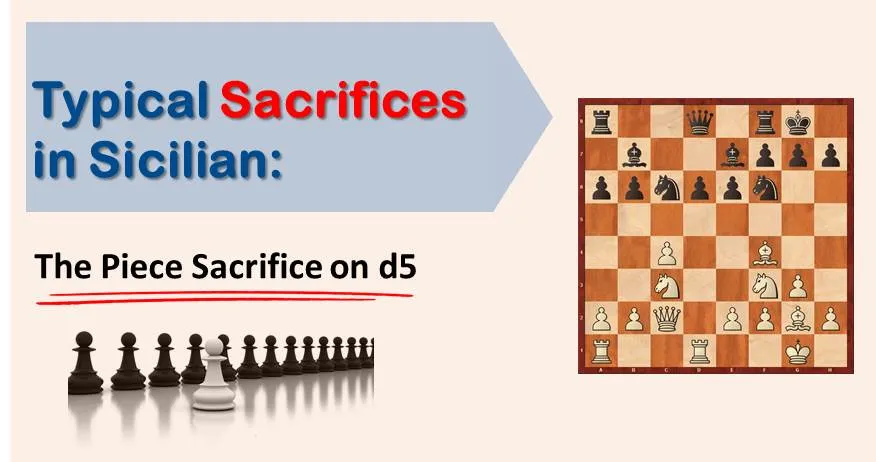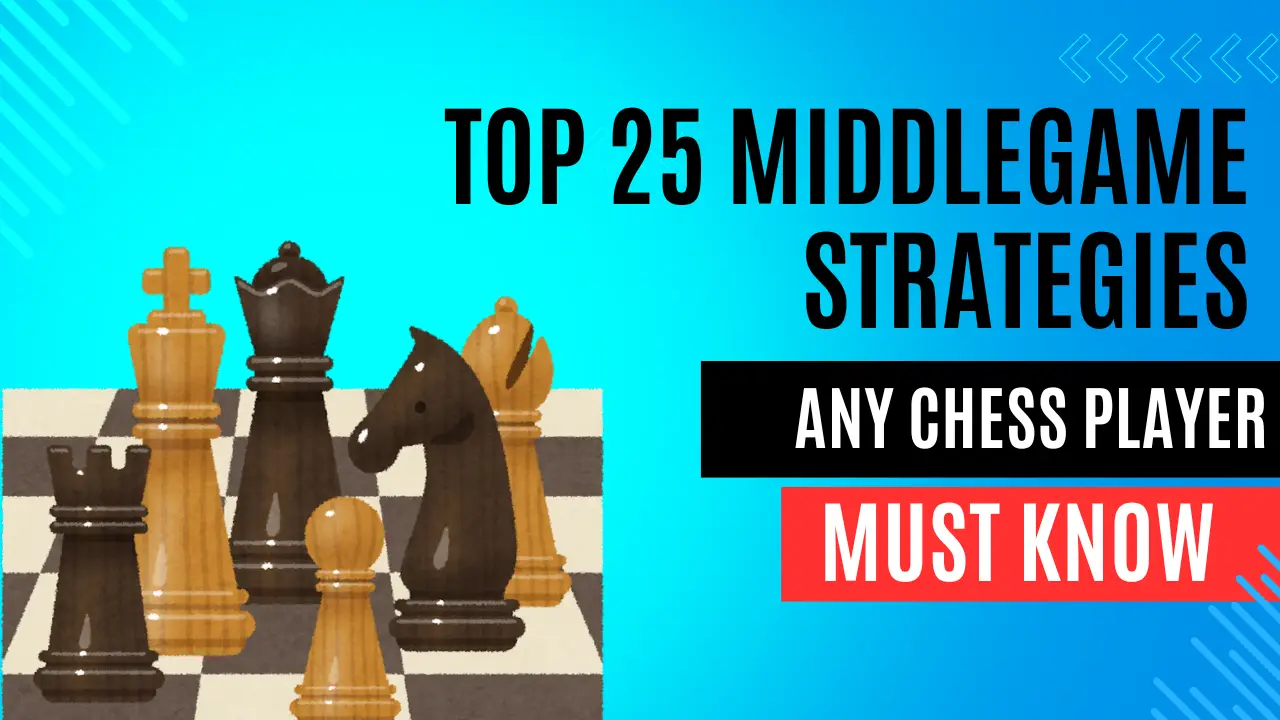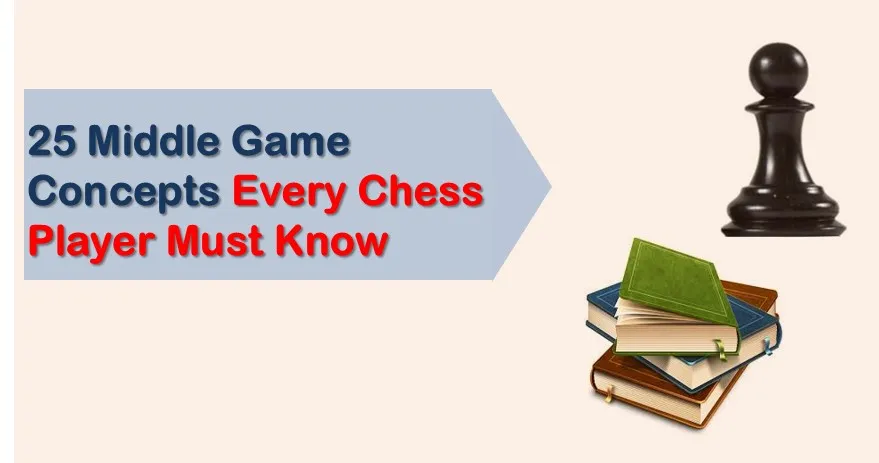Typical Sacrifices in Sicilian: The Piece Sacrifice on d5

The Sicilian Defence is known as one of the most aggressive openings. There are many forced lines that both sides usually need to know by heart and it’s not unusual to see the black king left in the center. In most of the lines, both sides are eyeing the enemy king and tactical blows are very common.
We have already discussed the idea of sacrificing a piece on b5, when white usually gets three pawns back and a powerful attack, and today we are going to present you another thematic sacrifice for white – giving up the knight on d5.
In general, this idea could have one of the following outcomes:
- If black accepts the sacrifice, he will be forced to give back the material a few moves later. In case he doesn’t, the knight on d5 will become very annoying and he will have troubles developing. Also, capturing the bishop on e7 is always a good idea, as white will gain the bishop pair and eliminate the main defender of the d6 pawn;
- Sometimes, white doesn’t regain the sacrifice material immediately. This case requires good calculation and precise play, as he strives for compensation in form of space and development advantage. Also, black’s king is most of the times trapped in the center and becomes the main target of white’s attack.
Tip
If you want to improve your positional chess and start converting more middlegames into wins, you should give a try to our training course which covers most important middlegame positions in a step-by-step easy to follow and understand way.
Before moving on to the examples, let’s take a look at the factors that make this sacrifice possible:
- Piece coordination. As always, this is the most important when it comes to launching at attack. All our pieces must be harmoniously developed and ready to join the action;
- Lead in development. In such cases, white has a slight lead in development that translates into a castled king and developed pieces, while black’s king is usually still in the center or his pieces are misplaced;
- Usually, when sacrificing on d5, white already has a major piece on the e file that will start the attack against the king once this file opens. Also, a rook or queen on this file makes it possible for white to get his piece back. If black accepts the sacrifice, capturing on d5 with the e4 pawn allows, most of the times, a double attack – the king, thank to the discovered check and the knight (or bishop) on c6;
- In some cases, such as the Hedgehog, when white already has a pawn on c4, the sacrifice is possible when his rook is placed on c1 and black’s queen is on c7. Accepting the sacrifice normally allows white a pin on the c file.
Next, we are going to show you a few examples where grandmasters have used this sacrifice in their practice.
The first game was played by the Spanish number one Vallejo against Neponiachtchi. He gives up the knight early in the opening and immediately gets compensation thanks to the better development and piece activity. Black’s pieces are tied up and the defense is difficult, as he doesn’t have a good way of developing.
The next example is a game played by the very inventive Georgian Grandmaster Baadur Jobava. He uses this typical sacrifice in order to demolish black’s pawn structure in the center and open the E file for his major pieces. Thanks to the better piece coordination and kingside pawn expansion, white’s attack turns out to be very dangerous.
So far, we have seen games where white gets big compensation for the material. In the next game played by Kamsky, we will see the other case, when white gets his piece right away. A nice game by the American Grandmaster, where we see the importance of black’s dark squares bishop in the position.
The next game is from my own practice, where I have used this typical sacrifice in the Hedgehog. In this type of positions, the win is not immediate. The idea of the sacrifice is simply to weaken black’s position.

Sgircea, Silvia Raluca – Mauwe, Pascual
In the diagrammed position, black played 12… Qc7, allowing various ideas thanks to the possible pins by the bishop on f4 and the queen on c2.
If you want to improve your chess level, you need to have a clear study plan. If you aim for a dramatic improvement at chess you need to work on all of the elements of the game in a systematic way:
- tactics
- positional play
- attacking skills
- endgame technique
- classical games analysis
- psychological preparation
- and much more
That seems to be like a lot of things, and that is. But no worries, we have made it easy for you. Our comprehensive training course covers it all and much more. Sign up for 21 Day Training right now!
Ready to start winning games? Check out our store and articles:










Comments: